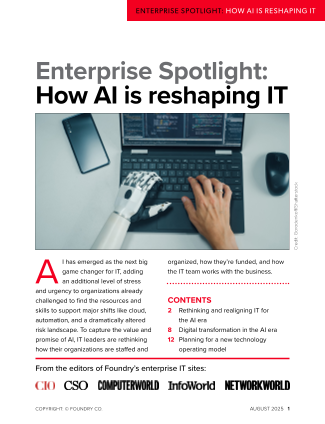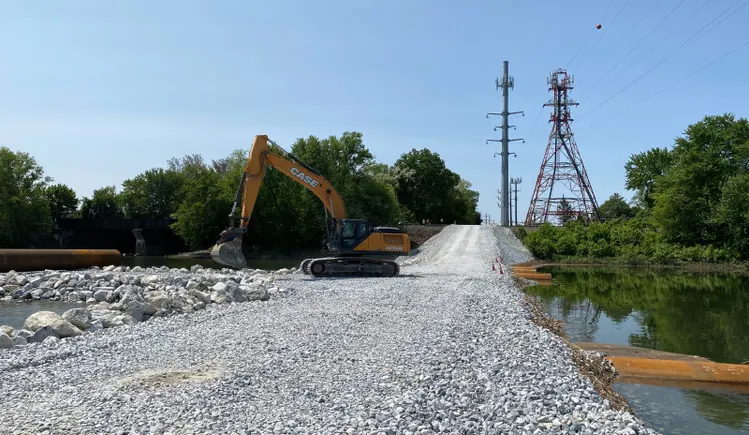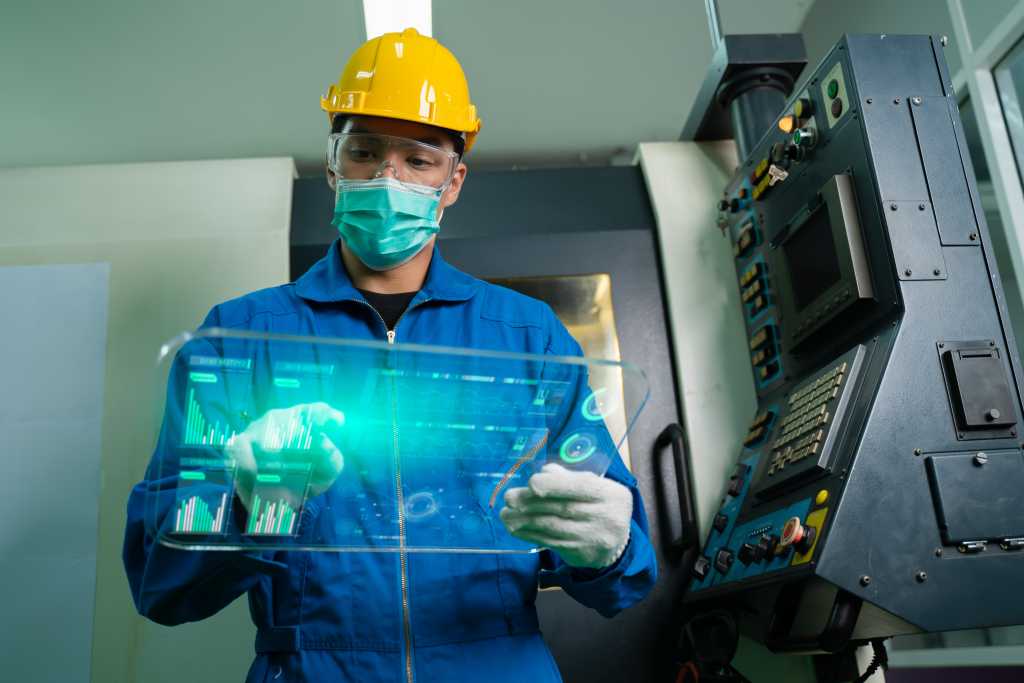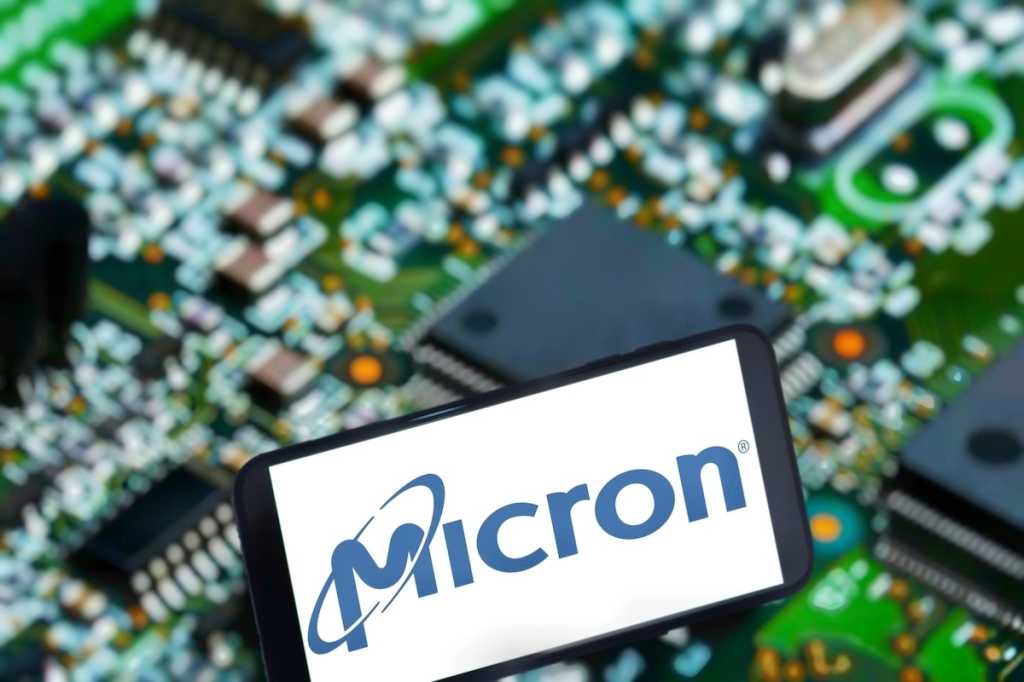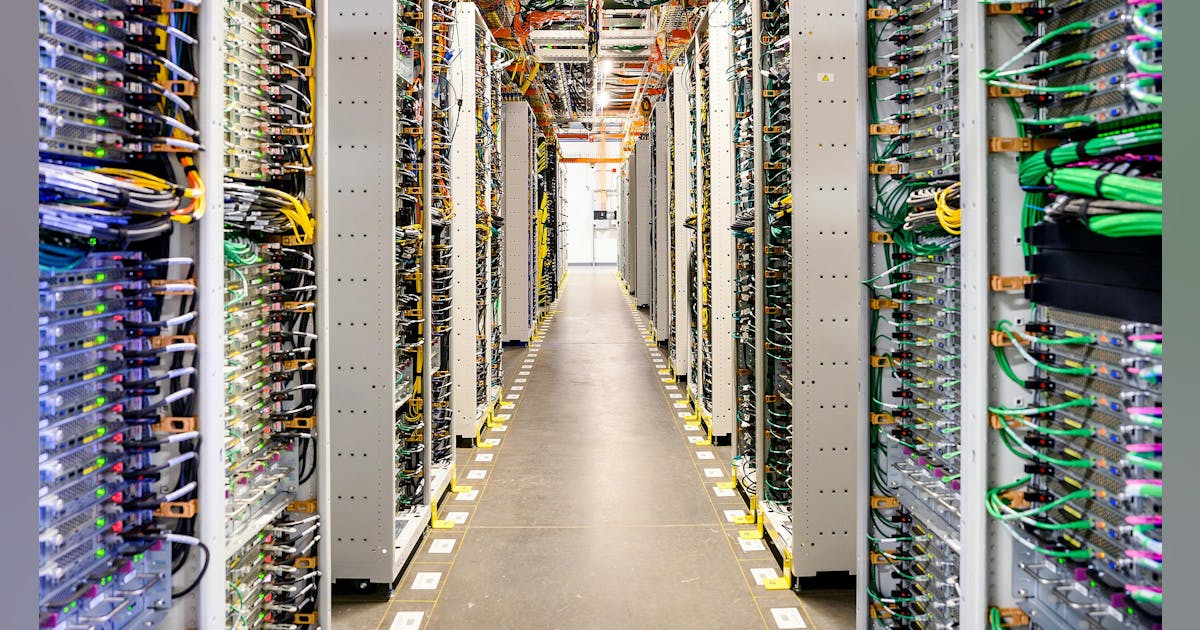Join our daily and weekly newsletters for the latest updates and exclusive content on industry-leading AI coverage. Learn More
Intel is launching its new Intel Xeon 6 processors with performance-cores, offering better performance across data center workloads and up to two times higher performance in AI processing.
The company has new Xeon 6 processors for network and edge applications with built-in Intel vRAN
Boost deliver up to 2.4 times the capacity for radio access network (RAN) workloads.
.
It’s an important launch for the company that was once the world’s biggest chip maker, as it replaced its CEO late last year with two interim co-CEOs amid a slump. Intel hopes to restore its former glory through a combination of better chips and a big investment in U.S. manufacturing technology aided by subsidies from the U.S. Chips & Science Act.
Intel has faced tough competition from AMD, which has gained market share for years thanks to its Zen architecture for central processing units (CPUs), and competition from Nvidia, which has become of of the world’s most valuable companies thanks to its graphics processing units (GPUs) and AI processors.
As enterprises modernize infrastructure to meet the demands of next-gen workloads like AI, high-performing and efficient compute is essential across the full spectrum – from data centers to networks, edge and even the PC. To address these challenges, Intel today launched its Xeon 6 processors with
performance-cores (P-cores), providing high performance for the broadest set of data center and network infrastructure workloads and best-in-class efficiency to create a server consolidation opportunity.
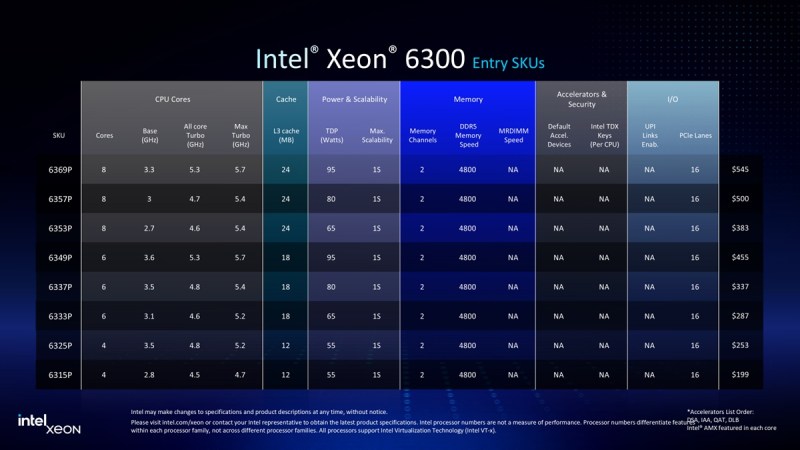
“We are intensely focused on bringing cutting-edge leadership products to market that solve our customers’ greatest challenges and help drive the growth of their business,” said Michelle Johnston Holthaus, interim co-CEO of Intel and CEO of Intel Products, in a statement. “The Xeon 6 family delivers the industry’s best CPU for AI and groundbreaking features for networking, while simultaneously driving efficiency and bringing down the total cost of ownership.”
The Intel Xeon 6700/6500 series processor with P-cores is the ideal CPU for modern data centers, offering the perfect balance between performance and energy efficiency, Intel said. Delivering an average of 1.4 times better performance than the previous generation.
Working across a wide range of enterprise workloads, Xeon 6 is also the foundational central processing unit (CPU) for AI systems, pairing exceptionally well with a GPU as a host node CPU. When compared to 5th Generation AMD Epyc processors, Xeon 6 provides up to 1.5 times better performance in AI inference on chip using one-third fewer cores, Intel said.
Xeon 6 processors also enable substantial performance-per-watt efficiency, allowing for 5:1 consolidation of a five-year-old server on average with potential for up to 10:1 in certain use cases, resulting in up to 68% savings in total cost of ownership (TCO), Intel said.
The Intel Xeon 6 for network and edge is a system-on-chip (SoC) designed for high performance and power efficiency. It leverages Intel’s built-in accelerators for virtualized radio access networks (vRAN), media, AI and network security, addressing the growing demand for network and edge solutions in an AI-driven world. Xeon 6 SoCs deliver up to 2.4 times the RAN capacity and a 70% improvement in performance-per-watt compared to previous generations.
Additionally, Xeon 6 is the industry’s first server SoC with a built-in media accelerator — the Intel® Media Transcode Accelerator — enabling up to 14 times performance per watt gain versus Intel Xeon 6538N 9.
Intel said it’s the world’s best CPU for AI. As AI adoption continues to accelerate, organizations are projected to spend up to $153 billion on generative AI (GenAI) by 2027, with total spending for machine learning and analytics reaching $361 billion, according to market analyst firm IDC.
Intel Xeon 6 is optimized to capture a significant share of this growing market, delivering leadership performance in traditional machine learning, smaller GenAI models and GPU-accelerated workloads in a host CPU capacity. Intel is collaborating with silicon, software and solution providers to enable the
AI ecosystem, reinforcing Xeon 6 as the go-to CPU for AI systems.
Leadership performance for modern telecommunications networks

With 5G and AI poised to transform connectivity, traditional network optimization strategies are no longer sufficient. To unlock the full potential of next-gen networks and connectivity, telecom operators are adopting technologies like network slicing, AI-powered radio controllers and cloud-native architectures. By leveraging Intel’s unified Xeon platform, operators can dynamically optimize workloads, reduce costs and build scalable, flexible networks that adapt in real time to changing customer demands, traffic patterns and market shifts.
Intel also unveiled two new Ethernet controller and network adapter product lines to address the growing demands of enterprise, telecommunications, cloud, high performance computing (HPC), edge and AI applications. Initial availability includes dual-port 25GbE PCIe and OCP 3.0-compliant adapters, with additional configurations expected this year.
The Intel Ethernet E830 Controllers and Network Adapters deliver up to 200GbE bandwidth, flexible port configurations and advanced precision time capabilities, including Precision Time Measurement (PTM). These adapters are optimized for high-density virtualized workloads, offering security features
and performance.
The Intel Ethernet E610 Controllers and Network Adapters provide 10GBASET connectivity optimized for control plane operations. The 610 series offers outstanding power efficiency, advanced manageability and robust security features that simplify network administration and ensure maximum network integrity.
The combination of Intel Xeon 6 processors and high-performance Ethernet connectivity forms a powerful foundation for businesses to accelerate innovation and gain a competitive advantage.
Broad OEM partner and ecosystem adoption
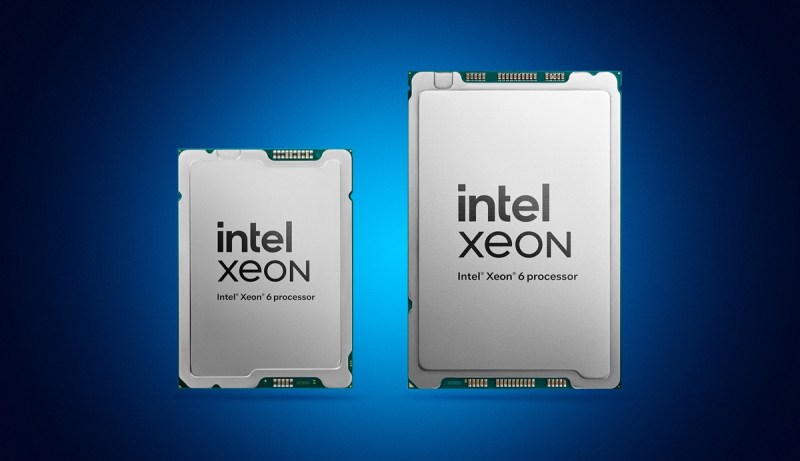
Intel Xeon 6 processors have already seen broad adoption across the data center ecosystem, with more than 500 designs available now or in progress. Server systems, software solutions and services will be available around the globe from leading companies such as AT&T, Verizon, Cisco, Dell Technologies, Samsung, Ericsson, Hewlett Packard Enterprise, Lenovo, Microsoft, Nutanix, Nvidia, Oracle, Red Hat, SAP,
Supermicro, Vodafone, VMware and Wind River, among many others.
Daily insights on business use cases with VB Daily
If you want to impress your boss, VB Daily has you covered. We give you the inside scoop on what companies are doing with generative AI, from regulatory shifts to practical deployments, so you can share insights for maximum ROI.
Read our Privacy Policy
Thanks for subscribing. Check out more VB newsletters here.
An error occured.




